These days video games have gotten so complex, expensive, and time-consuming to develop that it’s apparently not worth the trouble of churning them out to coincide with every major movie release or hit TV show. While fully-fledged video game adaptations used to be commonplace for every major genre blockbuster, you’re now more likely to see some cosmetic DLC in an existing game like Fortnite. Meanwhile, few savvy licensors have taken a wildly groundbreaking approach with games based on their intellectual property: quality over quantity. Controversy aside, Hogwarts Legacy is the latest game to transcend “licensed game,” instead being received as a Very Good Video Game (…that just happens to be based on a licensed property.)
That said, if you don’t care about Harry Potter, your mileage with Hogwarts Legacy may vary. The same is true of Marvel, DC, Star Wars, et cetera, and if you flat-out hate what a game is about, it doesn’t matter how it plays. Conversely, die-hard fans may have higher expectations for games based on something they love, setting them up for disappointment.
Mostly though, what a licensed game is based on is what gets our attention in the first place, and our appreciation for the source material will allow us to overlook shortcomings that might otherwise be deal breakers. Here are a few licensed games that hold special spaces in the Beyond team’s hearts for better (or worse.)
Spider-Man 3 – Jada
Let me preface this with saying I love Spider-Man. It was one of my first comics and I’ve owned nearly every game at some point or another. Thankfully Spidey’s games have been more good than bad, unlike some other heroes, but that just wasn’t the case with Spider-Man 3, the official video game tie-in for the 2007 movie. Spider-Man 3 was a game many of us were seriously hyped for. We’d just gotten Spider-Man 2, one of the best Spider-Man games ever made, and with the addition of the symbiote suit, our expectations were justifiably high.
Now keep in mind this was 2007: the PS3 had launched roughly six months before Spider-Man 3 released and there were a few good games, but outside of Resistance: Fall of Man and Genji: Days of the Blade, there wasn’t really much in the way of good action or FPS games. I knew it was a risk seeing as how most movie tie-in games were laughably bad, but it didn’t stop me and countless others from shelling out our hard-earned cash for our favorite friendly neighborhood Spider-Man because the last one we got just three years earlier was so good. How could they screw this up?
I really wanted to like Spider-Man 3, so I gave it the college try (fitting since I was in college at the time), but it just didn’t really give anything back but disappointment. It was a step up from its predecessor in a few areas, like exploration, which benefited from the addition of subways and sewers, but for the most part it was underwhelming at best. The game’s bugs proved to be as much of a threat to the web-slinger as the boss battles, which were slow and uninteresting. Combat seemed to have taken a step backward, and the side quests ranged from barely passable to ‘I’m turning this off and going to bed’.
I did get around to finishing it eventually but it definitely made me pause before picking up future licensed games, so if nothing else Spider-Man 3 saved me from instantly buying more of those. Insomniac’s 2018 Spider-Man game proved the studio knows what they’re doing, and I have faith in the sequel – but if they announce another after that, you’ll have to forgive me if the words “Spider-Man 3” put my spidey-sense on edge.
Star Wars Super Bombad Racing – Josh
What even is a bombad? According to the Star Wars wiki, it’s a Gungan word that means ‘superior.’ So in essence, the title of this Mario Kart-clone is ‘Super Superior Racing,’ a title befitting one of the first video games I ever owned and sunk meaningful hours into.
The Phantom Menace was released right around the time I first started playing video games. And look, I’m not saying that either the movie or this game are good, but as a young kid looking to spend allowance money on media franchise products, there wasn’t much else.
In Star Wars: Super Superior Racing, you could play as bobble-head versions of all your favorite TPM characters in their own matching hovercraft-karts, slinging rockets and lightning at each other with randomized items. Was it better than Mario Kart? No. Was it as good as Mario Kart? No. Was I good at the game? Hell no. But I still sunk hours into it because it wasn’t a game that lived in its own universe.
The characters were all ones I recognized from the film (even Sebulba), and the race tracks were all locations in the Star Wars universe. And if I’m being honest, I probably would have never known the names of these planets were it not for this game. And while it was true that Mario Kart also is based on pre-existing Nintendo iconography, they were all still from Nintendo games; there was no multimedia crossover.
And that’s the magic of licensed video games. Even if you don’t really like the game, you’re going to enjoy it as a fan of the franchise since you’re consuming it in a new form. For me and SW:SBR, the experience was all more enriching since I wasn’t playing this game in a vacuum, and being introduced to gaming and Star Wars with this game was probably the reason I’m both a Bombad Star Wars and video game fan today.
Aqua Teen Hunger Force Zombie Ninja Pro-Am – Akeem
This is a golf simulator disguised as an action-adventure game, beneath the cloak of a kart racer based on the Adult Swim show Aqua Teen Hunger Force, and was something that caught my attention when I was younger solely based on the name. Released on PlayStation 2 back in 2007, it’s just as quirky and weird as the animated series it was based on, combining various genres into one oddly entertaining package (if you’re a fan of the television series of course).
The entire voice cast reprised their roles for the game, which made traversing the game’s nine holes of golfing goodness all the more fun. It was as if you were playing an episode of the show, with quips from Master Shake, Frylock, Meatwad and other colorful characters from Aqua Teen Hunger Force.
Obviously it wasn’t really a crowning achievement for the PS2, with mediocre graphics and a play time of around 4-8 hours, but the fact it took these wacky characters and delivered a rather unique experience, much like Adult Swim itself, was enough. IGN gave it a 5 back in the day, but that didn’t stop me from buying it! I was ‘Sofa King’ excited to cue this one up and hit the golf course. It was my introduction to both golfing games and ESPN’s Scott Van Pelt, and sadly my only experience with either since. Just goes to show you the power of licensing – it can make you play something you otherwise might avoid.
Indiana Jones and The Fate of Atlantis – Max
When you’re a kid there’s no right or wrong way to get into a piece of pop-culture. Nobody accuses a six-year-old of being a fake Batman fan because their introduction to the character was a Batman pool toy or a pair of Batman pajamas rather than a copy of Year One or a Christopher Nolan movie.
I don’t remember if I’d seen the Indiana Jones movies the first time I played Indiana Jones and the Fate of Atlantis, the now-classic 1992 adventure game. I recall enjoying the movies when my mom rented them from the video store, but it wasn’t until I played the game that I really appreciated Indiana Jones as a character. If anything, it made me want to rent the movies all over again.
Fate of Atlantis, if you’re unfamiliar, is from the golden age of Lucasarts’ point-and-click adventure games. It’s got the same basic mechanics as Monkey Island and Day of the Tentacle, except it’s about Indiana Jones. As the name suggests, Fate of Atlantis centers around the search for the mysterious lost continent. Indy and his psychic companion Sophia Hapgood bounce around in search of clues, solving puzzles, and outwitting Nazis. One of the more ambitious things about it is its branching narrative; depending on choices made early on, the player is sent down one of three paths (wits, fists or team) that each feature completely unique challenges tailored to different playstyles. It might lack Harrison Ford and the music of John Williams, but it features an extremely passable Ford impression courtesy of Doug Lee and some charmingly faithful MIDI covers of the Indy score.
To a kid in the mid-’90s, some movies from the 1980s that take place before World War II might as well have been released in the 1930s. A game that came on a CD-ROM, on the other hand, was obviously a modern thing. At the time, the Indiana Jones franchise was barely a decade old, but Indy was nowhere to be found in the action figure aisle or in Saturday morning cartoon form, which made the archeologist seem completely archaic. Ironically, Bugs Bunny and Batman, characters who actually did date back to F.D.R.’s presidency, were everywhere. Like, you’d turn on MTV and they’d be there in Seal and R. Kelly videos. The ’90s were wild.
Anyway, the lack of any playground buzz surrounding Indiana Jones made The Fate of Atlantis seem like some forgotten relic I’d unearthed. It didn’t hurt that I had it for Mac, which usually got snubbed in the games department compared to my friends’ PCs.
As luck would have it, my fond feelings for this old game aren’t just a case of rose-colored glasses and fanboy nostalgia: in a lot of ways, Fate of Atlantis is the lost fourth Indiana Jones movie. It was directed by Hal Barwood, a contemporary of Lucas and Spielberg who’d been working with both directors since THX-1138 and Jaws respectively. He’d decided to try his hand at game development and after successfully translating The Last Crusade into a point-and-click adventure, Lucasarts let him tackle something original. The original plan was to adapt an unused Chris Columbus screenplay for a fourth Indy movie into a game, but Barwood scrapped that and we got The Fate of Atlantis instead.
The ‘licensed games’ developed by Lucasarts have always had a leg up, considering the licenses are basically in-house, and Lucasfilm started funneling money into game development long before most major movie studios considered games to be anything more than another merchandising arm.
By the time Kingdom of the Crystal Skull dropped into theaters with all the grace of an antique refrigerator, I’d gotten used to being underwhelmed by new additions to beloved Lucasfilm movie trilogies, but I ultimately walked away unfazed. After all, I’d already gotten a phenomenal fourth Indy movie. It just happened to be a computer game. The jury’s out on Indiana Jones and the Dial of Destiny but no matter how it turns out, just thinking about it has me itching to replay Fate of Atlantis. So, if you’ll excuse me, I’ve got some Orichalcum beads to collect.

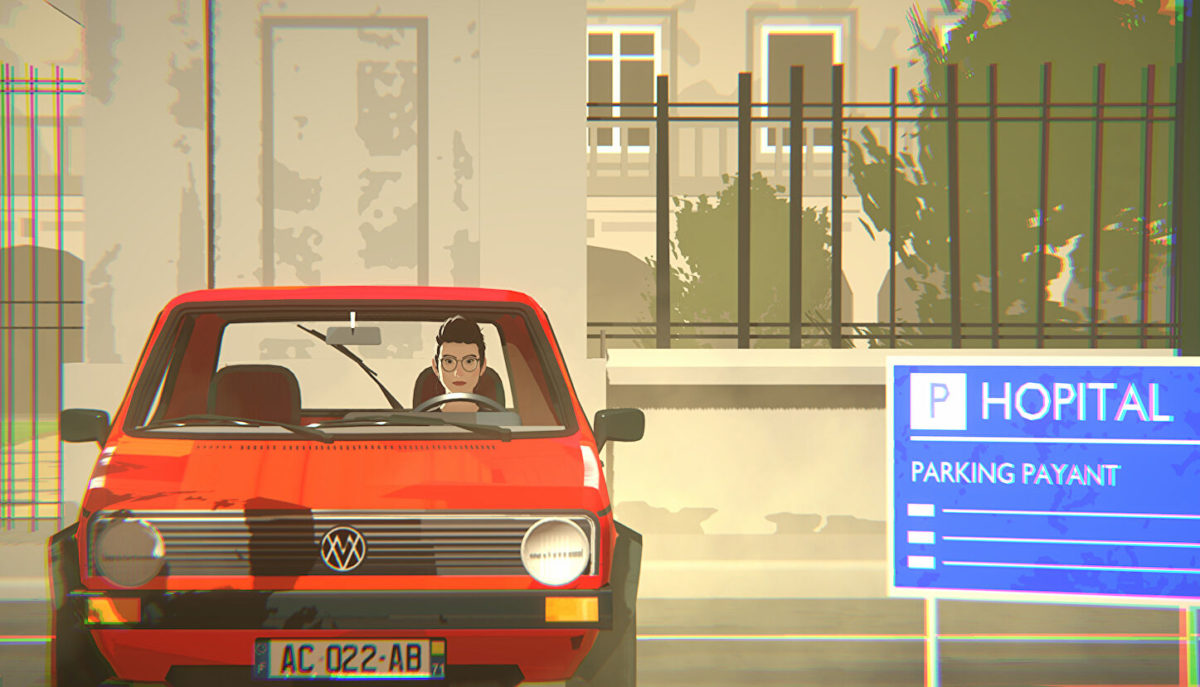
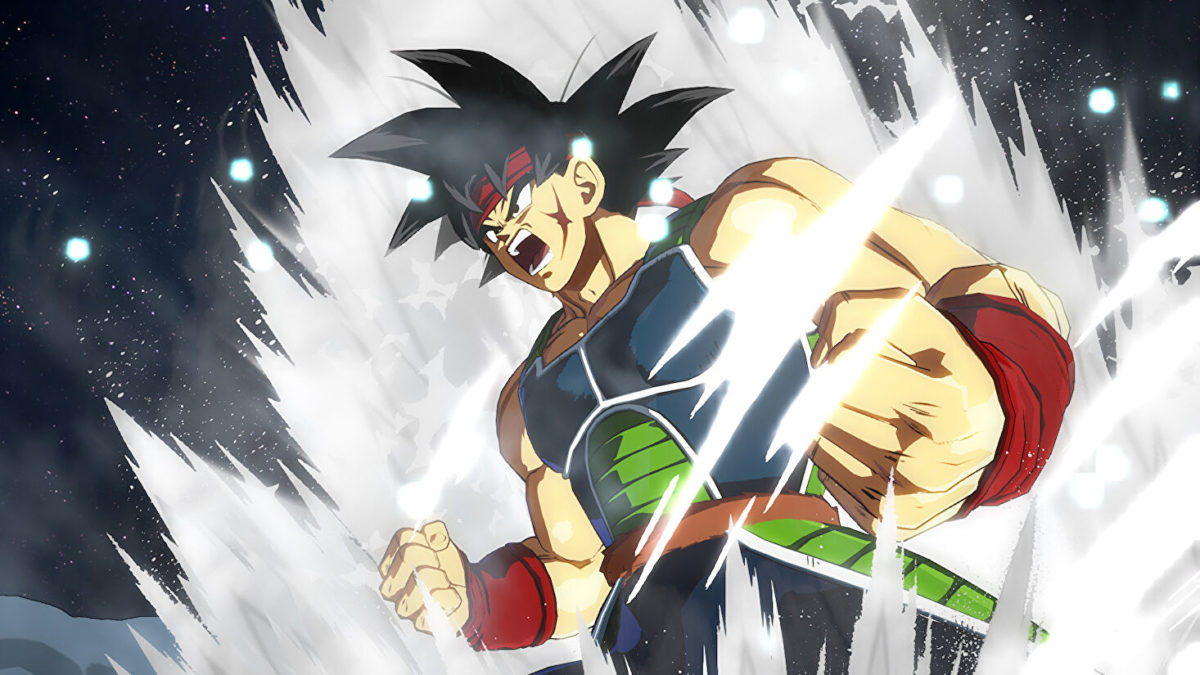
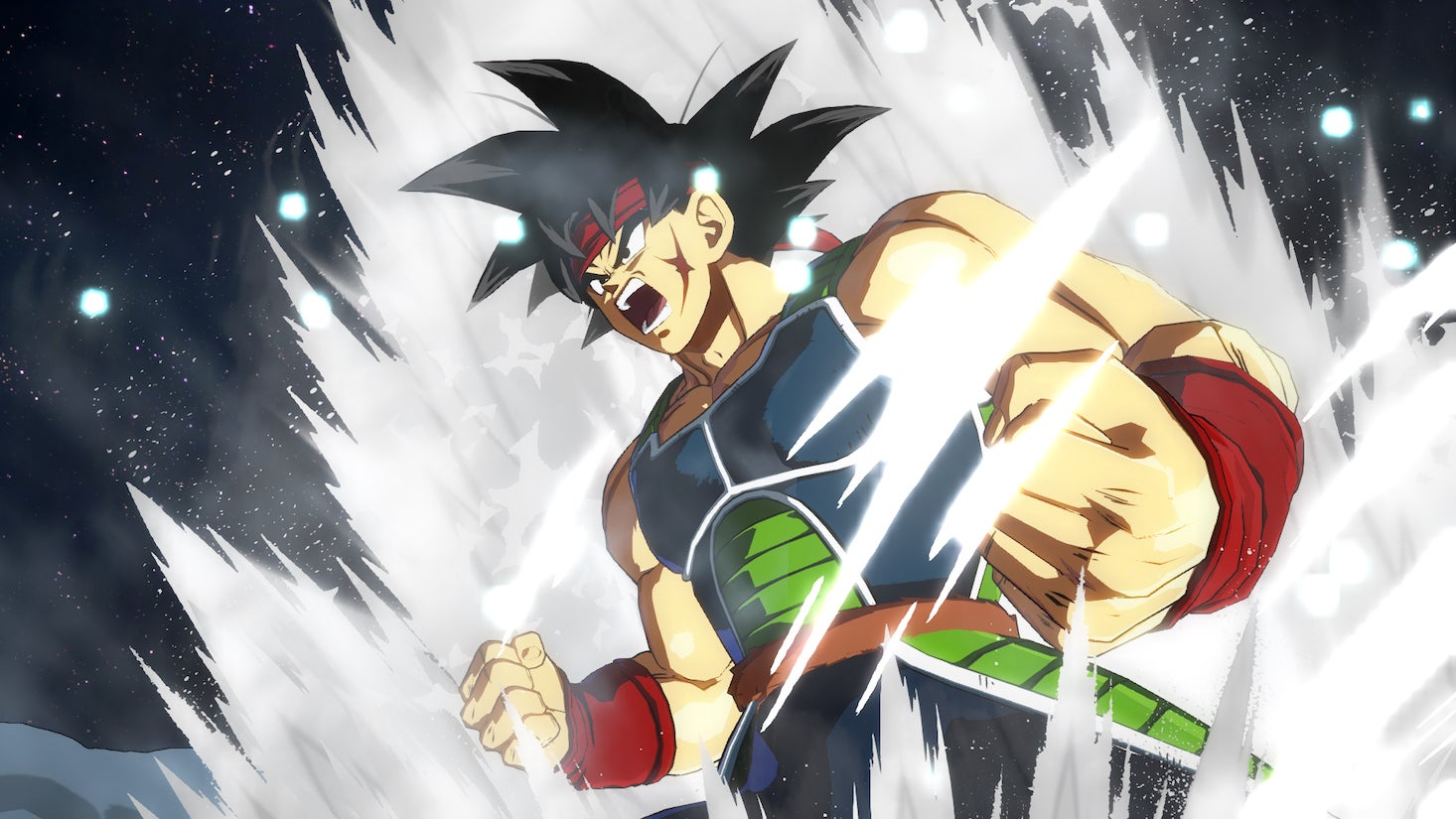 Alien Isolation, and a duo of big JRPGs that are likely impossible to binge in just two weeks.
Alien Isolation, and a duo of big JRPGs that are likely impossible to binge in just two weeks.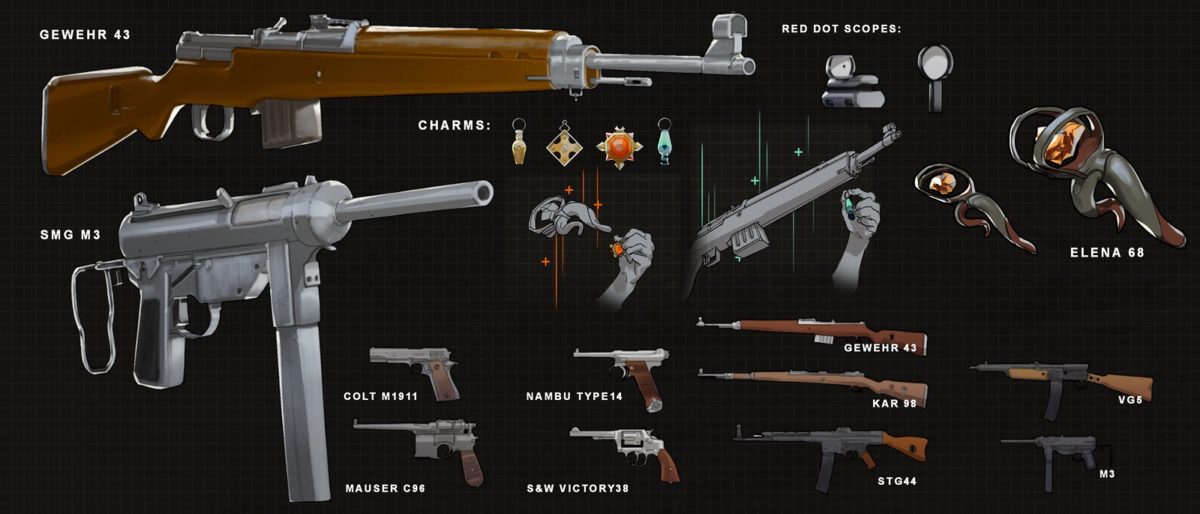


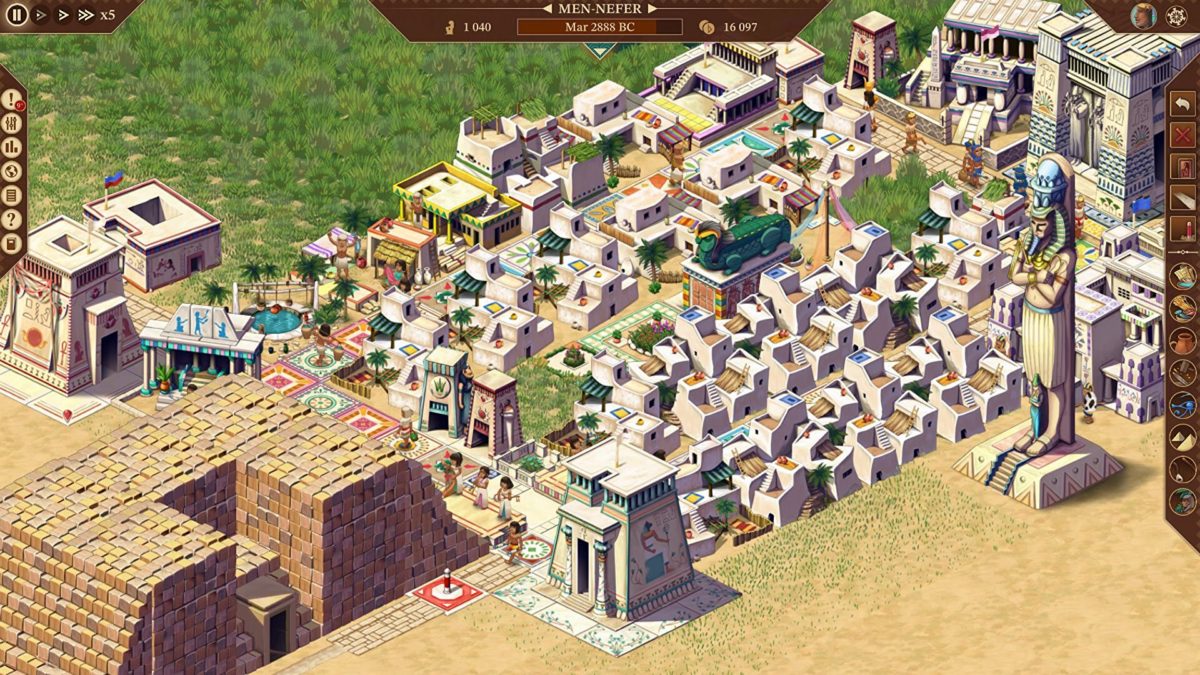
 Pharaoh came out in 1999, almost 25 years ago. It was one of that era’s City Building series that included Zeus and all of the Caesars, a run of games so good that they earned the capital letters. Pharaoh also happens to be one of my foundational video games, and I played it when I was knee-high to my big brother’s desk, at a time when family homes had one (1) yellow-grey computer with a CRT screen. And now it’s back, baby.
Pharaoh came out in 1999, almost 25 years ago. It was one of that era’s City Building series that included Zeus and all of the Caesars, a run of games so good that they earned the capital letters. Pharaoh also happens to be one of my foundational video games, and I played it when I was knee-high to my big brother’s desk, at a time when family homes had one (1) yellow-grey computer with a CRT screen. And now it’s back, baby.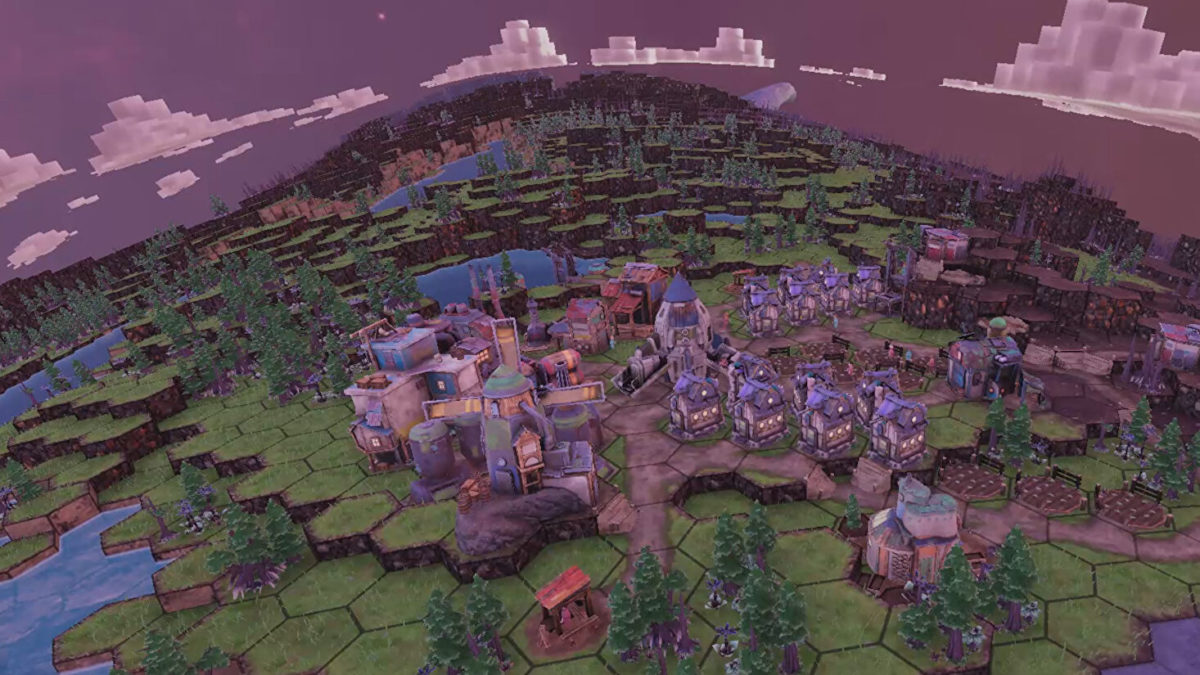
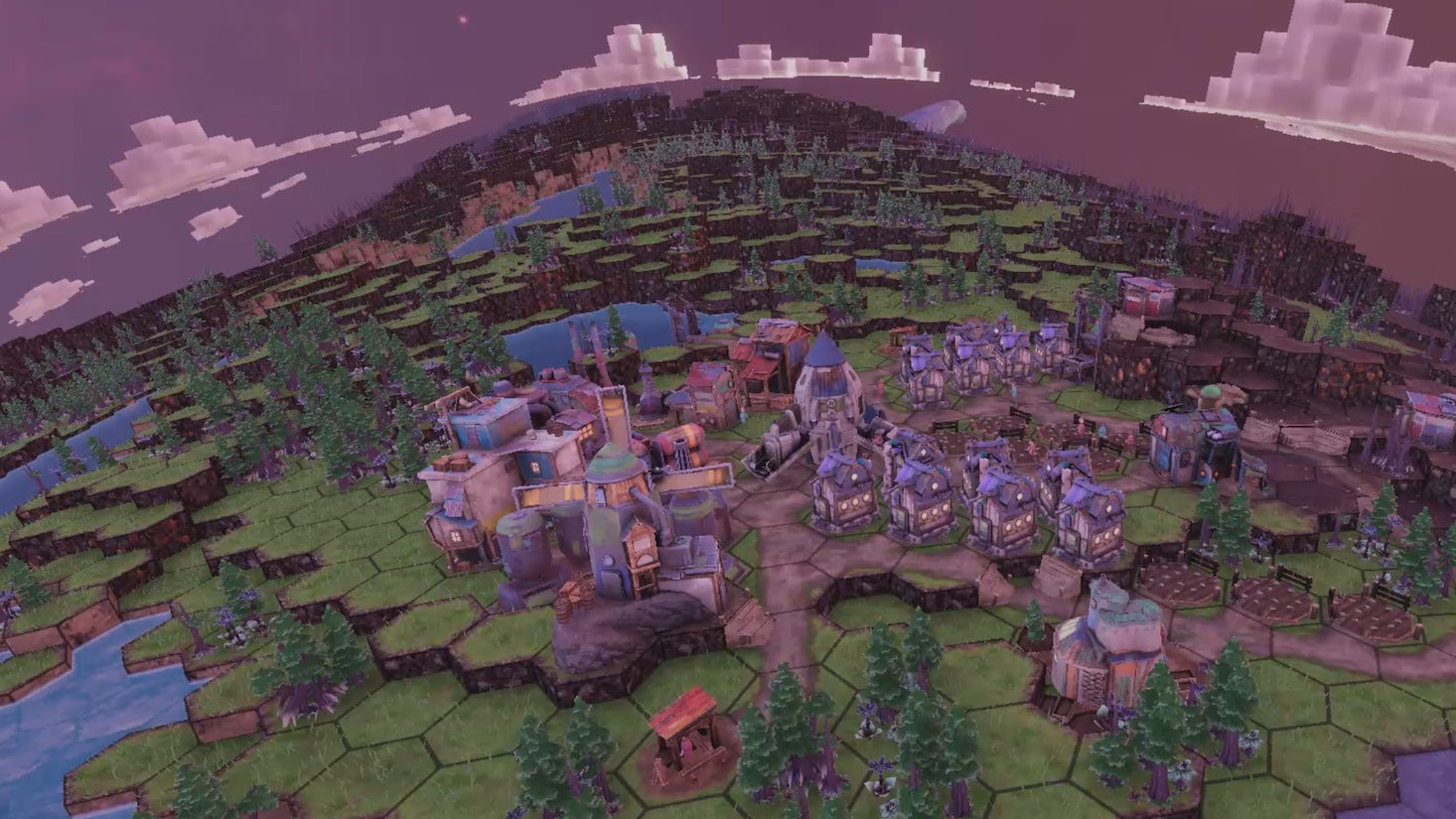 Before We Leave was a chill, planet-hopping city builder with the occasional space whale who might hoover up your world’s hexagonal tiles. Now developer Balancing Monkey is back for another go at spacefaring management, but this time your city is built on top of a space whale, rather than being terrorised by one. Their follow-up,
Before We Leave was a chill, planet-hopping city builder with the occasional space whale who might hoover up your world’s hexagonal tiles. Now developer Balancing Monkey is back for another go at spacefaring management, but this time your city is built on top of a space whale, rather than being terrorised by one. Their follow-up,